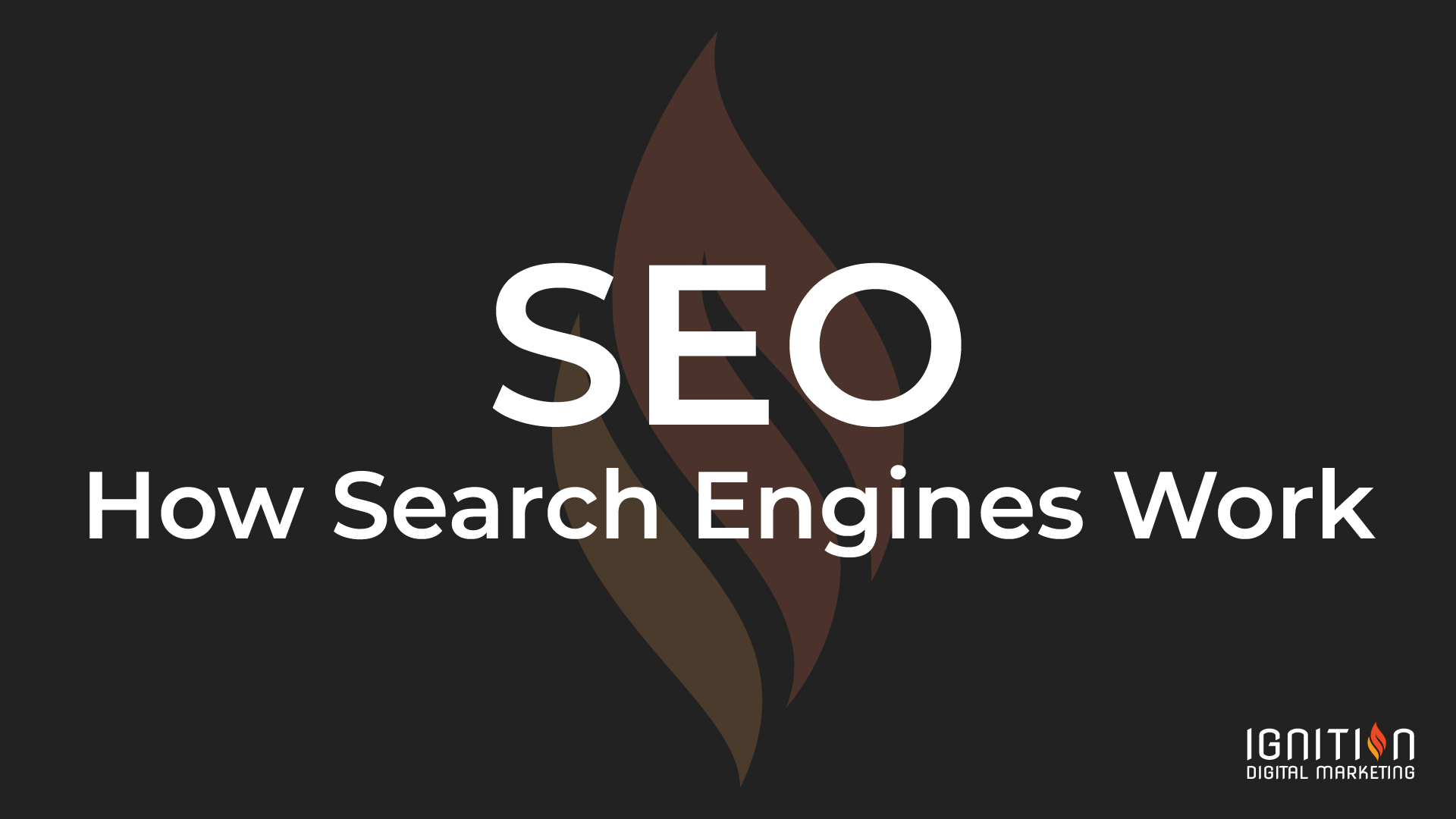In my last article “3 SEO Pillars” I mentioned that it was important to understand how search engines work. This article will go more in depth about what goes on behind the scenes and how search engines work.
Search engines are incredibly complex pieces of software. At their core they have 3 distinct processes. Each process handles a different aspect of these engines. All of the processes combined provide relevant and trustworthy search results. Let’s jump in and see what these 3 processes are.
The 3 processes of search engines
- Crawl: this process is the internet spider that crawls the web, follows links, and retrieves content.
- Index: this process takes the content from the spider and analyzes it. It also looks at the links retrieved by the spider and analyzes the resulting link graph.
- Query: this is the front-end of the search engine. Search queries are processed, search intent and context interpreted, and results shown according to various ranking factors.
Crawling
The crawling process of a search engine discovers new and changed content. It also collects all of the hyperlinks it can find. A crawler starts with the list of previously discovered URLs. It uses your XML sitemaps to find previously un-indexed pages (which is why they’re so important).
You can exert some measure of control over how the crawl process treats your website by giving it directives to follow in your robots.txt file. Most search engine crawlers will obey these directives. You could also intercept crawlers based on their IP address and redirect them to where you want them to go.
This is the portion of the search engine we please with the Structure portion of our SEO campaigns. Whenever we make a change to a website, we can use Google’s Search Console to crawl our website again. This allows us to fast-track updates within the search engine. These updates aren’t immediate. However, it is much faster than waiting for Google to naturally crawl your website.
Indexing
The content and links that the crawling spider discovers then passes on to the indexing process. This process tries to make sense of it all. The indexing process analyzes the webpages retrieved by the crawler and assigns relevance values for the various different keywords it finds in the content, which are used for ranking purposes.
It also analyzes the links found by the crawler and compiles link graphs, complete with weights and values that can factor in to the ranking of these webpages. Some measure of control can be exerted over how an indexer treats your webpages, primarily through the use of robots meta tags and canonicals.
This is where the content and authority of an SEO campaign come in. The search engine views your content and deems it optimized by our SEO campaign. By doing so, the content ranks really high for specific keywords assigned to it.
Engine Query
When a user performs a search, the query engine attempts to understand the intent and context of the search and supply the best results. It’ll retrieve the most relevant documents from the index and apply the various ranking factors to present a list of webpages to the user.
Intent and context are important because it allows the query engine to present different types of results. What is shows depends on what it believes is the right information for the user at that precise moment. Things like the device the user is using, location of the user, search history, and query intent all factor in to the results shown by the query engine.
To Summarize How Search Engines Work
Understanding how search engines work through crawling, indexing, and querying allows us to better develop successful SEO campaigns. We are able to optimize websites in ways that works with how a search engine works, resulting in better ranking performance.
We at Ignition Digital Marketing have a burning passion for helping local businesses grow. SEO is a great way to drive relevant traffic to your website and help convert that traffic into paying customers.
If you are interested in growing your business using Search Engine Optimization (SEO) and the power of the internet, please feel free to contact us.

